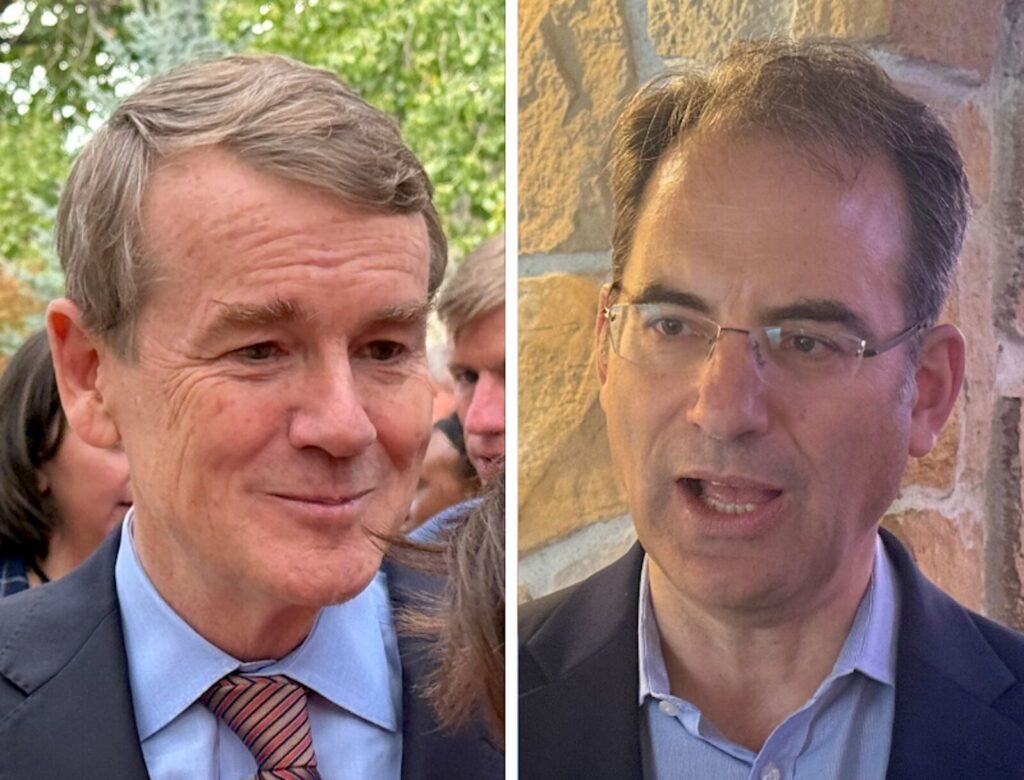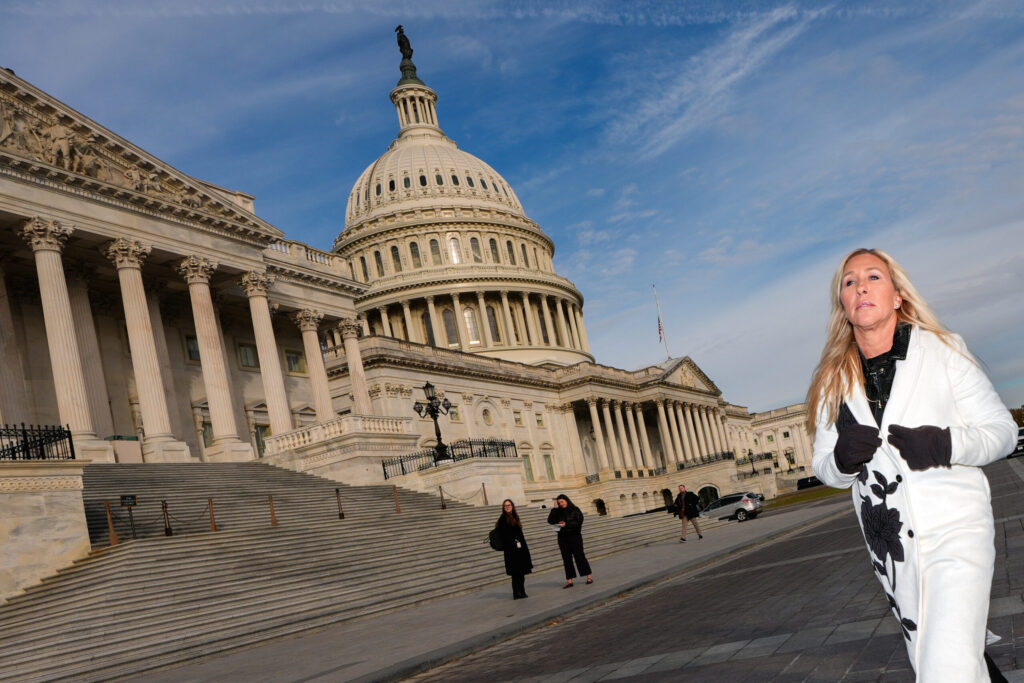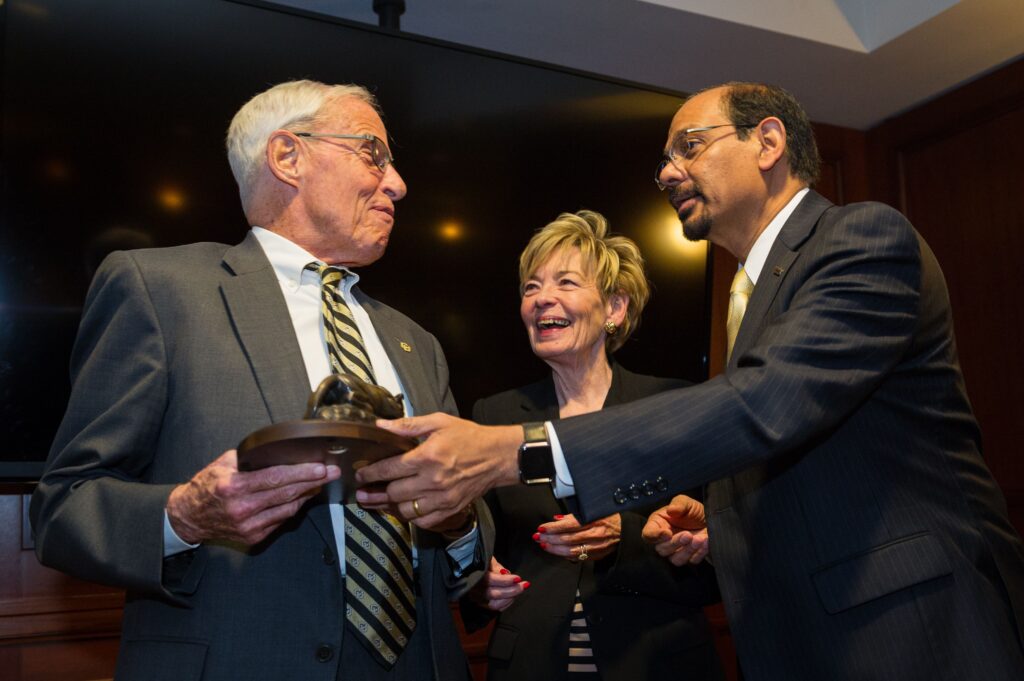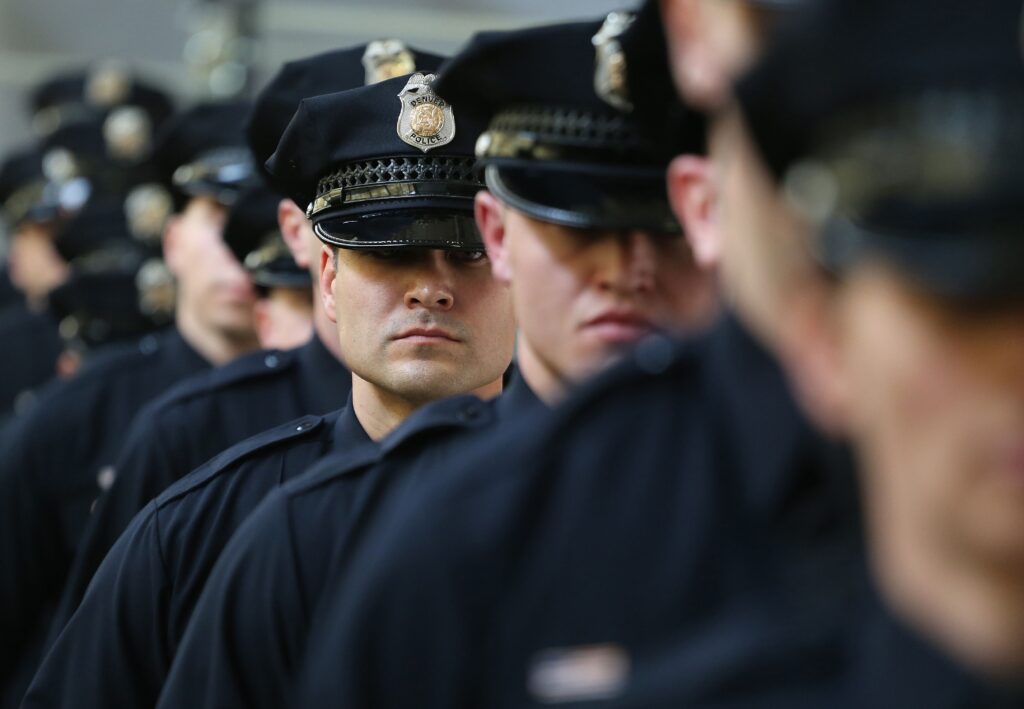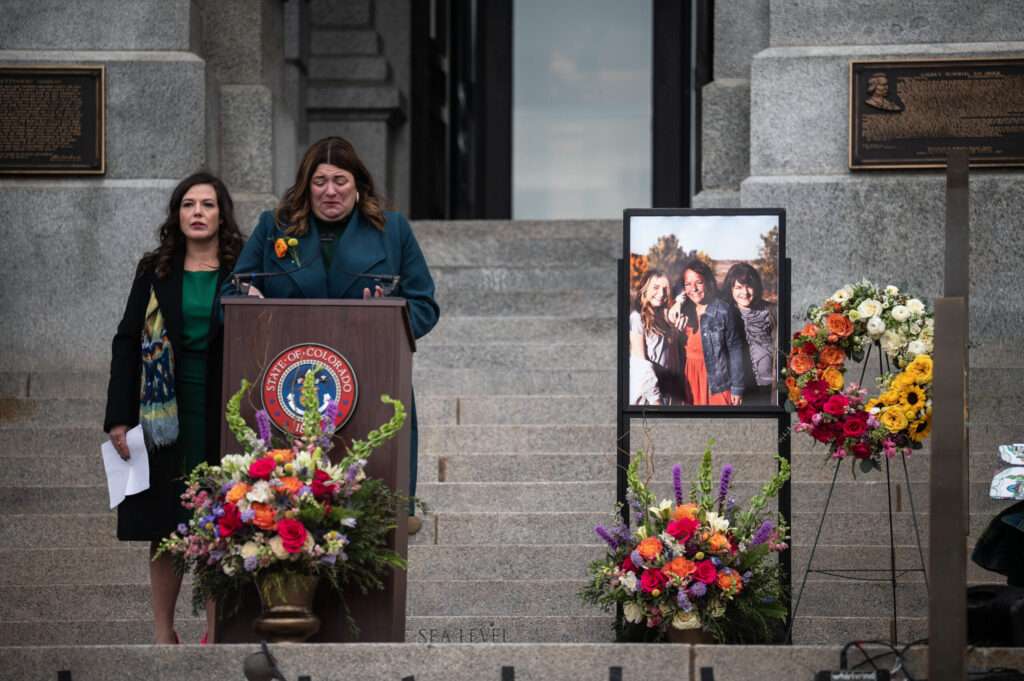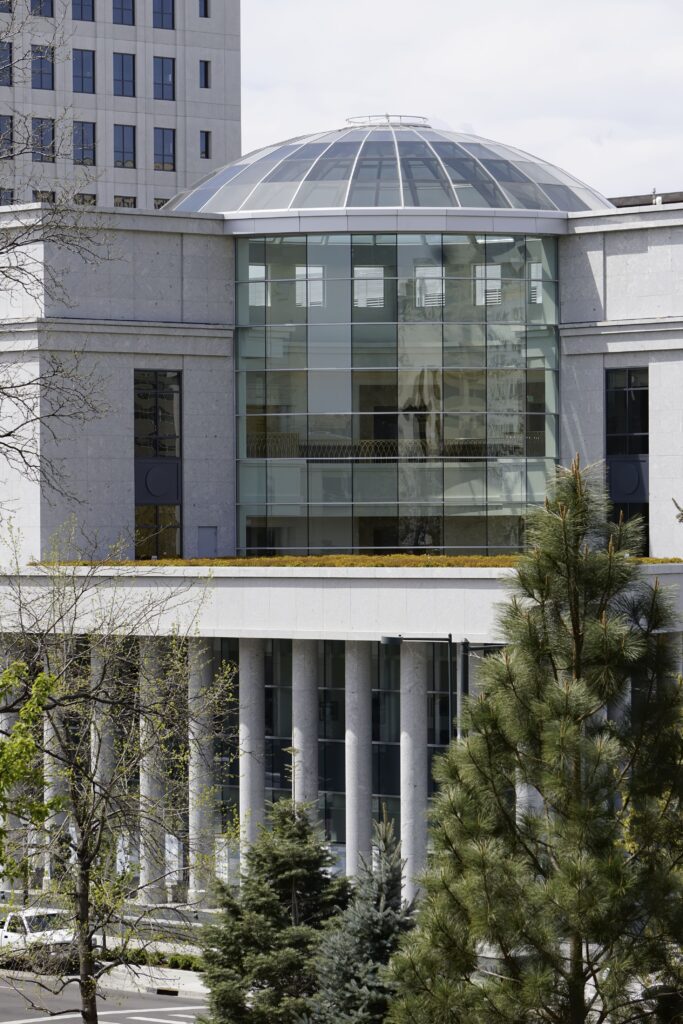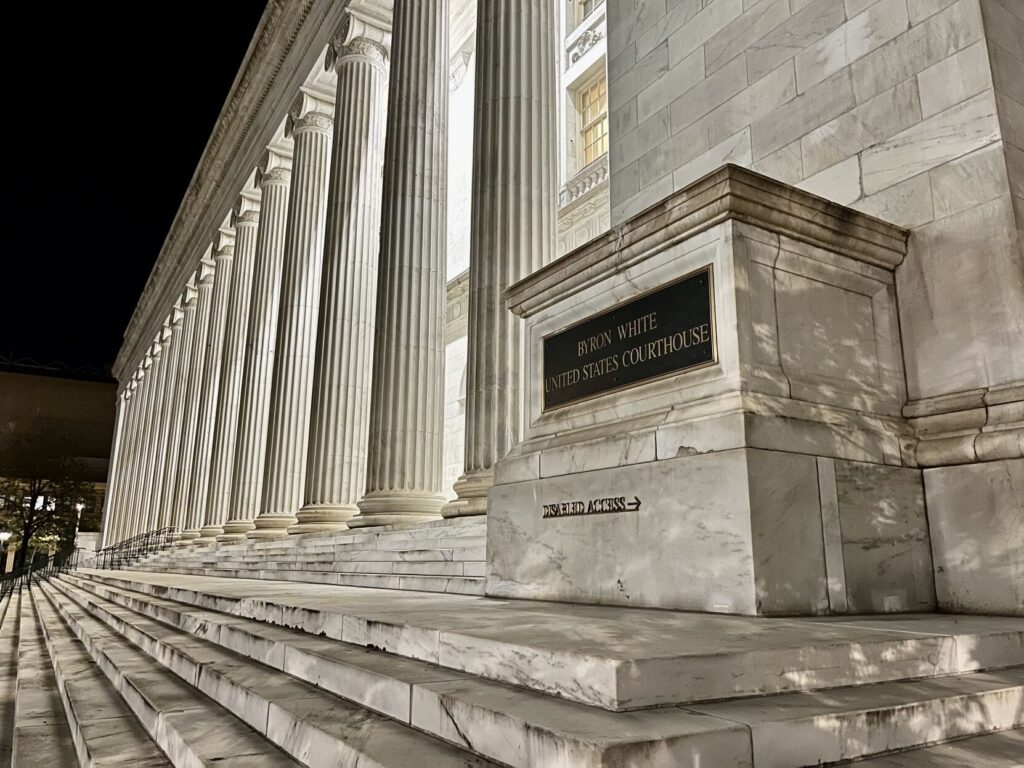Downtown Development Authority to buy Denver Pavilions mall for $37M
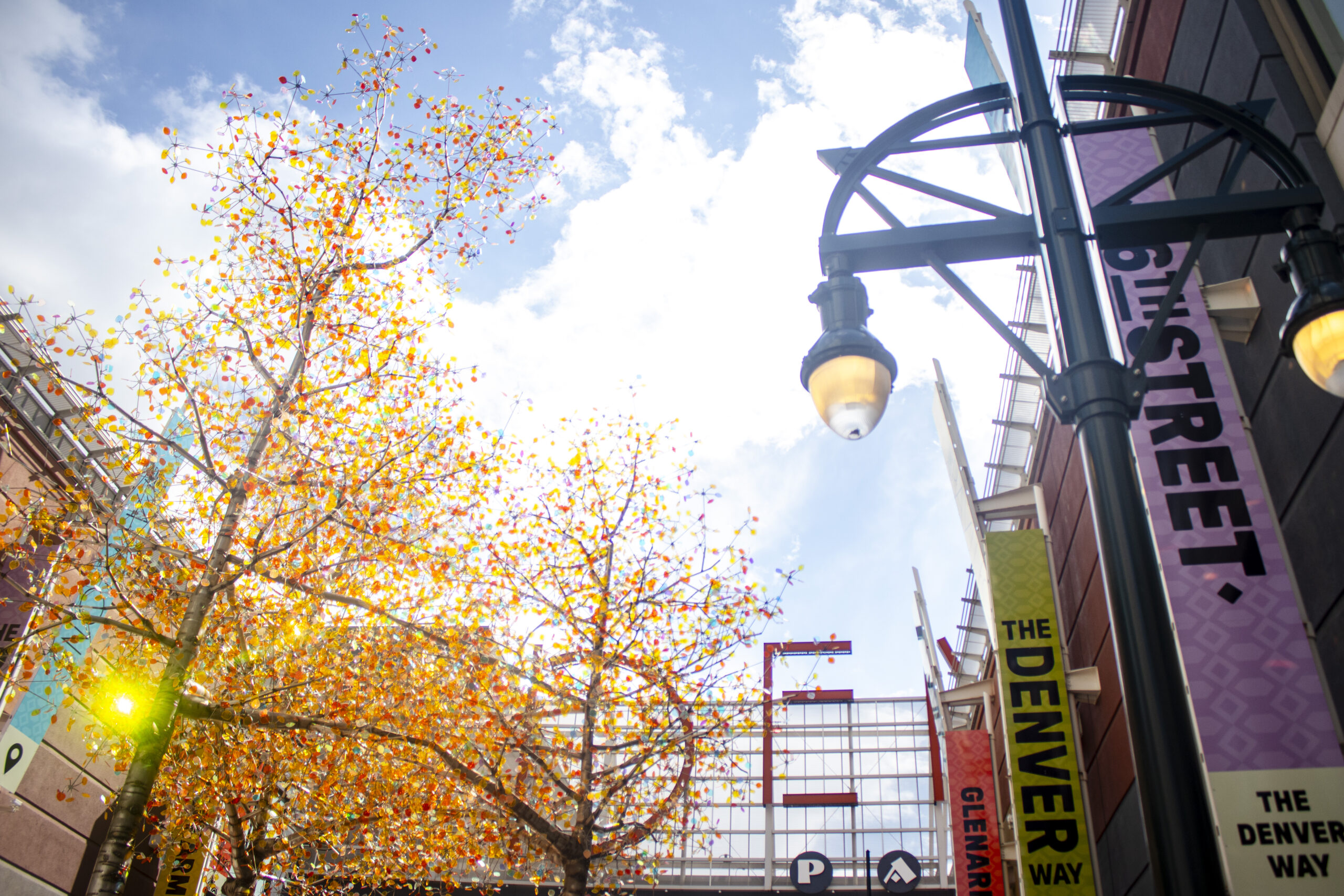
The Denver Downtown Development Authority (DDA) on Tuesday approved spending up to $45 million to purchase and upgrade the Denver Pavilions.
From that total, $37 million will go toward purchasing the shopping mall on 16th Street at Glenarm Place, city officials and Mayor Mike Johnston announced.
The mall is currently anchored by an H&M, a Lucky Strike bowling alley and a Regal movie theater. But like much of Upper Downtown, Denver Pavilions has been struggling due to the pandemic and 16th Street’s construction that’s set to fully finish on Saturday.
“Pavilions certainly took a hard part of the brunt of those five years of construction and COVID,” Johnston said.
The authority is also working to purchase the parking lots connected to the mall for $23 million, the DDA announced last July.
“Many developers for decades have been trying to unify these two properties,” Johnston said, adding that it hindered any plans to add on to the mall.
If the authority closes on the two separate sales, it will all be under one ownership and that opens up possibilities for new developments on the site.
The DDA will then develop a master plan to reimagine the mall and find a developer to sell it to in line with that vision.
Johnston said the acquisitions could allow the mall to build new hotels, apartments and more retail.
The authority does not plan to demolish the mall, said Laura Schwartz, spokesperson for the city’s finance department.
The rest of the $8 million of the approved funds will go toward property improvements, leasing and redevelopment planning, the DDA said.
For any DDA funding over $500,000, the City Council will need to give final approval. It’s set to go before the City Council this fall, Schwartz said.
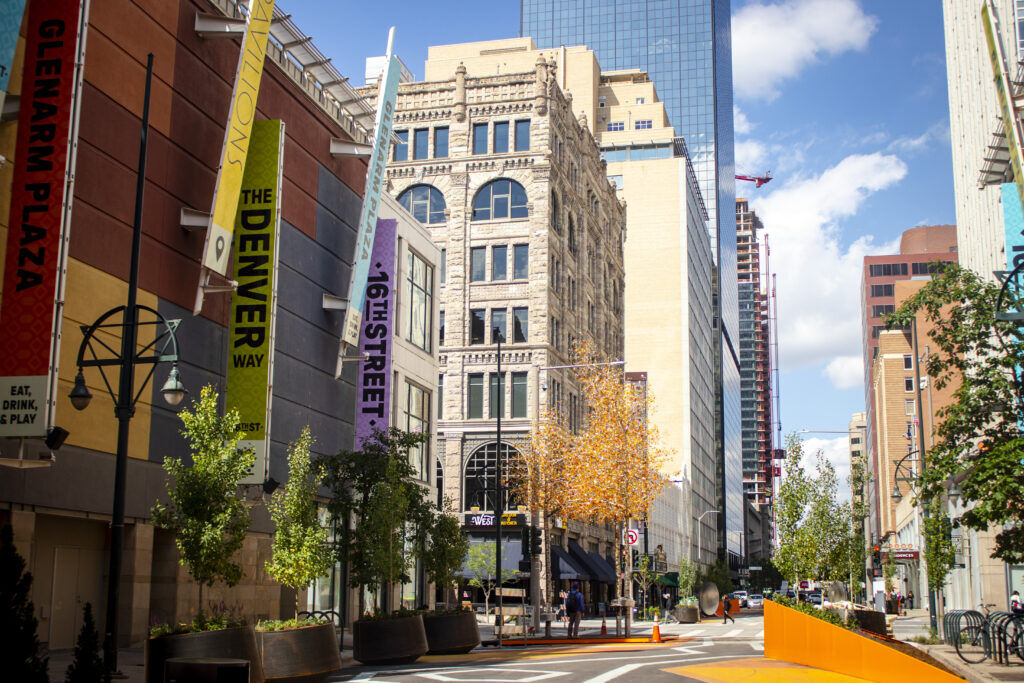
Replicating Union Station’s redevelopment in Upper Downtown?
The DDA is a financing tool sanctioned by state law to fund urban core projects that will bring more economic activity by using property and sales tax money generated by the development.
It’s mostly used for gap financing to cover what traditional banks may be too weary of, but can be used to fully fund property purchases such as the Pavilions’ parking lots.
The city would not own the mall, but rather the authority funded by downtown tax money will have ownership.
The authority was created in 2008 to pay for Union Station’s 2014 major restoration.
As it paid off the bonds from that project, officials looked to preserve the funding mechanism and the tax money already generated from the project by expanding it last year to include most of downtown with the aim of speeding up recovery following the pandemic.
The authority is looking at the Denver Pavilions as Upper Downtown’s equivalent of Union Station, which spurred mixed-used developments around the neighborhood.
City leaders are touting Union Station’s revitalization as a success story and a model for downtown since Lower Downtown — while still affected by the pandemic — has lower vacancy rates than Upper Downtown.
“Just as the revitalization of Union Station brought new life to Lower Downtown, a reimagined Pavilions will rejuvenate the landscape of Upper Downtown,” said Doug Tisdale, board chair of the DDA.
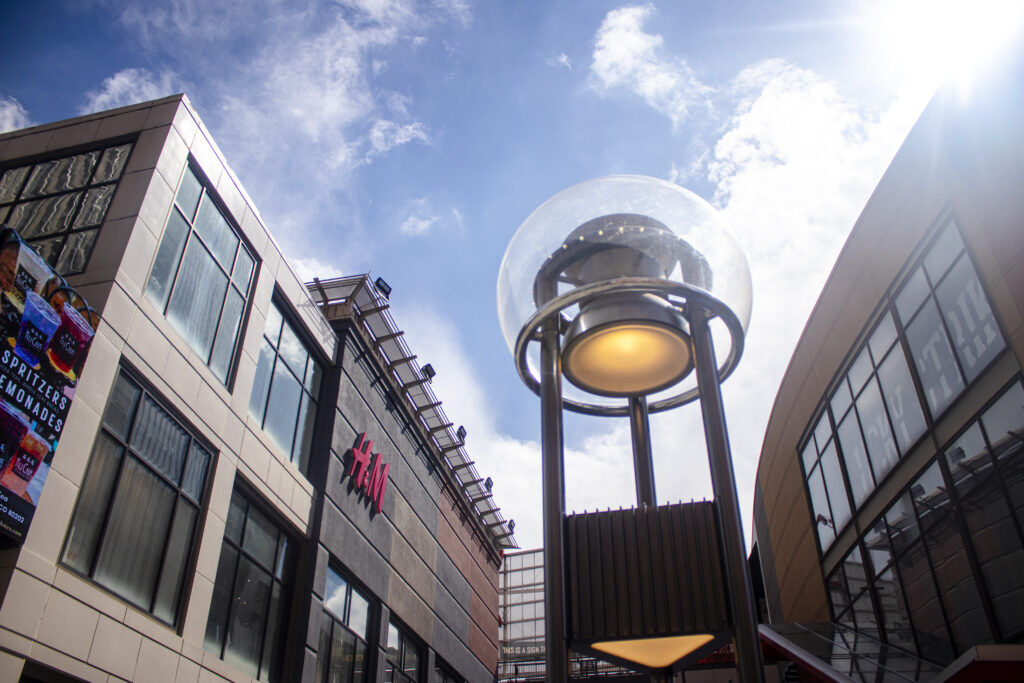
The mayor said the city didn’t want to see the mall fall into disrepair and drag the neighborhood already struggling with empty office towers further down.
The three-story, 351,347-square-foot retail and entertainment complex opened in November of 1998, after a year-and-a-half construction. The Denver Business Journal reported Denver-based Gart Properties and Clarion together bought the Pavilions from its developer, California-based Entertainment Development Group, in 2008 for $94 million.
But vacancies at the shopping center — which at one point were as low as 5% — grew after the government-ordered business shutdowns in 2020 for the COVID-19 pandemic. It lost it’s anchor original tenant, The Hard Rock Cafe, in 2023.
Its vacancy is 40% now, said Bill Mosher, Denver’s chief projects officer.
“We need this site to be a magnet for Upper Downtown,” Johnston said. “And we worried without this kind of investment in redevelopment you could get the opposite, and that doesn’t just affect this block. That affects all of up or downtown.”
In its first year since voters approved the authority’s expansion — including 10 projects, funding downtown’s new police patrols to the sale of the mall — the DDA has approved nearly $150 million of the $570 million available over the next decade.




